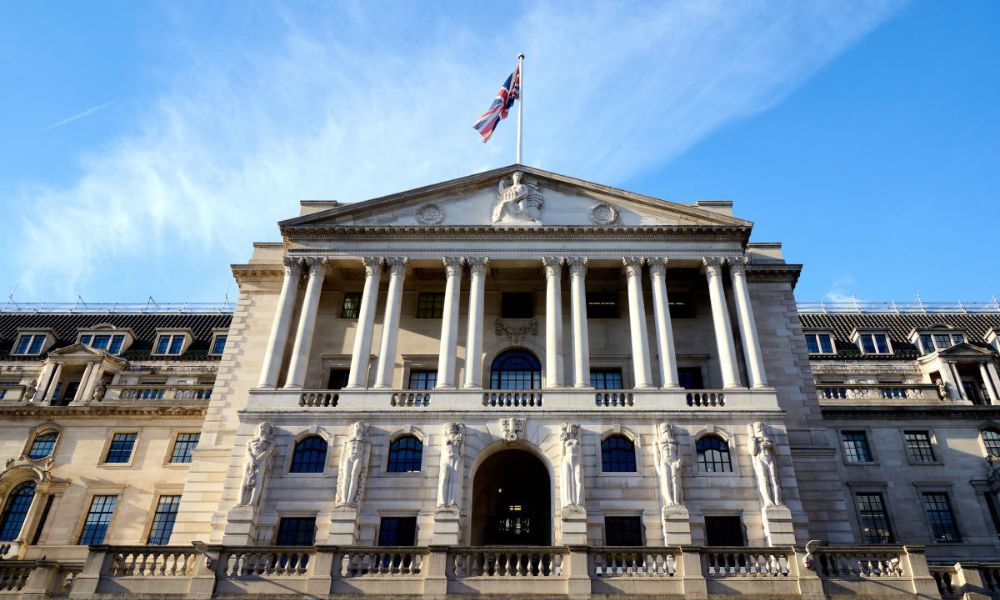
Quantitative easing (QE) is a monetary policy tool used by central banks to inject money into the economy.
It involves the central bank buying financial assets, such as government bonds, from commercial banks.
This increases the amount of money in circulation and makes it cheaper for businesses to borrow money and invest.
QE is typically used during periods of economic recession, when interest rates are already at rock bottom and traditional monetary policy tools are no longer effective.
|
Are you a Tax Lawyer in USA? |
QE works by increasing the amount of money in circulation. When the central bank buys government bonds from commercial banks, it pays for them with newly created money. This money is then deposited into the commercial banks' reserves, which increases the amount of money they have available to lend to businesses and consumers.
QE also lowers interest rates. When the central bank buys government bonds, it pushes up their prices and drives down their yields. This makes it cheaper for businesses to borrow money and invest.
The Bank of England first used QE in 2009, during the financial crisis. The crisis had caused a credit crunch, in which commercial banks were reluctant to lend money to businesses and consumers. This was choking off economic growth.
The Bank of England's QE program helped to ease the credit crunch and boost economic growth. By buying government bonds, the Bank of England increased the amount of money in circulation and made it cheaper for businesses to borrow money and invest.
The Bank of England's QE program was successful in helping the UK economy recover from the financial crisis. The economy grew by an average of 2.3% per year between 2009 and 2019.
QE has a number of benefits, including:
QE also has some risks, including:
QE is a powerful monetary policy tool that can be used to boost economic growth and prevent deflation. However, it also has some risks, such as inflation and asset bubbles.
The Bank of England used QE successfully to help the UK economy recover from the financial crisis. However, it is important to use QE carefully, as it also has some risks.